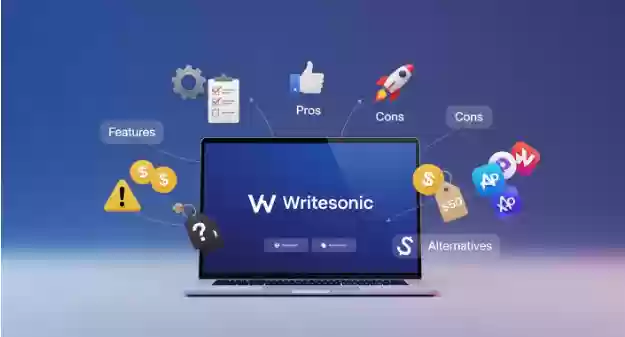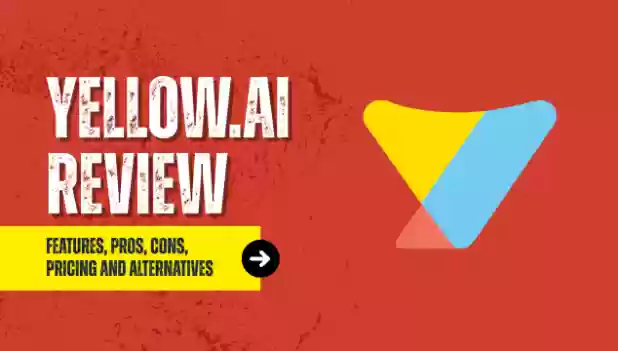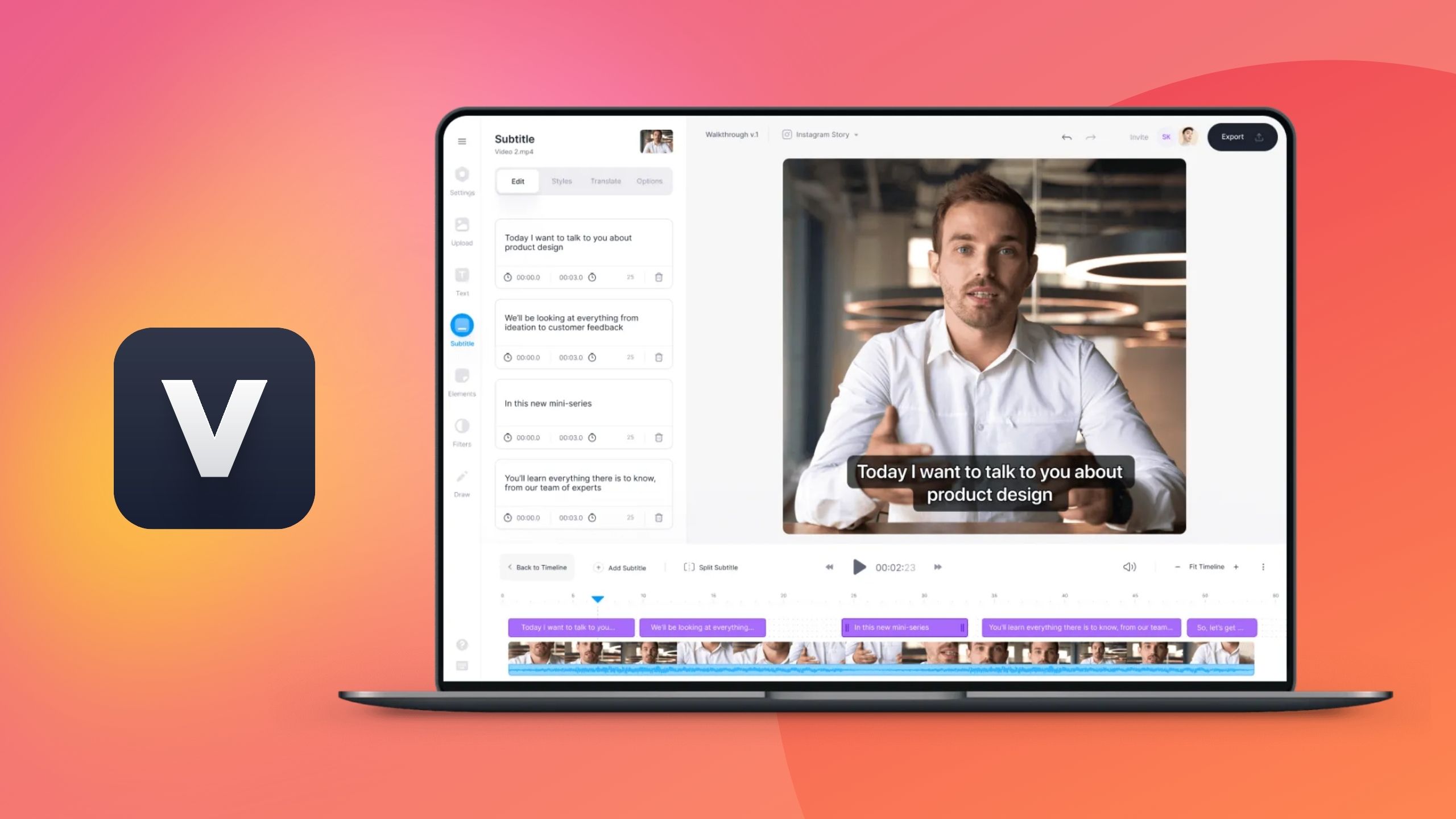Glif is a no-code AI agent builder. You drag and drop blocks to make workflows. These blocks cover inputs, AI tools, and style. Snap them together like Lego to build small apps or agents.
For example, one block can ask a language model to write a prompt, send it to an image model, then add a block to make a meme or short video — all in one flow.
You can also turn a workflow into an agent that chooses the best steps to reach a goal. Glif works with models like GPT-4o, Claude, Flux, Kling, and ComfyUI.
It’s for creators, marketers, teachers, and developers who want strong AI tools without code. Use it to make art, memes, videos, or automate multistep tasks with text and images.
Every workflow (a “Glif”) is public and remixable by default. You can browse, copy, and tweak others’ work. See how something was built, change it, and make your own version fast.
Key Features
- No-Code Visual Builder: Glif uses drag-and-drop. You place blocks for inputs or AI tools on a canvas and connect them. You can build complex AI workflows without code. Prompt chaining is easy. It’s fast for prototyping.
- Huge Model Library: Glif brings many top models into one place. It supports GPT-4, Claude, Google Gemini, Runway, Kling video, Flux image (Ultra, Dev, Schnell), ComfyUI, ElevenLabs, and more.
- Rich Media Generation: Glif can make images, videos, speech, and music. Paid plans include tools like Flux Ultra, Seedream, Nano Banana, Kling 2.5, Wan 2.2 Animate, Seedance, and VEO3. It supports ElevenLabs for voice and music. You can create full social posts in one workflow: write a caption with an LLM, generate an image or video, and add voice-over or music.
- Community & Templates: Every workflow is public and remixable. There are thousands of community agents and templates you can run or adapt, like an AI Wojak Meme Maker or a Short Video Captioned. You can view, copy, and tweak any published setup.
- Chrome Extension & API: Glif offers a Chrome extension and an API. You can run workflows on demand, embed agents, or grab text and images from your browser as inputs. This helps when you want to plug Glif into larger projects.
Pros
- Fast Prototyping: The no-code visual builder lets you test ideas much faster than hand-coding. You can drag in a model, connect it, run the workflow in seconds, and tweak as you go. This quick loop is great for experiments and teams that need to ship visuals and text fast.
- Creative Freedom: Glif centers on user-built workflows, so it’s very flexible. You can design almost any chain of AI tasks. Turn a tweet into a custom-style meme? Yes. Turn a script into a storyboard clip? Also yes. Drag-and-drop plus a big model library unlocks lots of ideas.
- Community Support: The built-in community helps you start fast. You can run and copy hundreds of public Glifs in the gallery, which speeds up learning and collaboration through the Remix feature. You can also ask questions in Discord and watch their podcasts and tutorials.
- Free Tier: You get 10 free credits each day. Credits reset to 10 daily and don’t roll over. You can try basic features and run light workflows for free before paying.
Cons
- Learning Curve for Advanced Features: While Glif is easy to pick up at a basic level, some blocks are complex. In particular, the ComfyUI block and other advanced settings can be daunting for beginners. Reviewers warn that the basics are simple, but things like custom prompt engineering or advanced image nodes involve more steps and thought. In short: newbies can use templates easily, but power users need to invest time to master all the options.
- Credit System Confusion: Glif charges by credits, and different models consume different amounts. This can be confusing at first. The cost of “running” a workflow can vary wildly depending on which LLM or model you use. A small prompt on GPT-3 or SD might cost 1–2 credits, while a long-chain workflow with a powerful model could eat dozens. Beginners may not realize how quickly credits add up. Also, free credits don’t roll over (unused daily credits are lost), which can be frustrating if you run a workflow that goes slightly over your limit one day.
- Time Limits: Each Glif run is capped at 2 minutes of compute time. This may be enough for most text and light image tasks, but very complex or multi-step video workflows could hit the ceiling. If your workflow needs to run longer (for example, very high-res video generation or a lengthy code execution), it will be cut off at 2 minutes and fail. (This is a documented limitation in Glif’s FAQ.)
Pricing

Glif uses a credit-based pricing model. You get 10 free credits every day (up to a 10-credit cap) for free use. Beyond that, you buy credits in bundles. Here are the main plans:
- Tinkerer – 200 credits for $1.99. This is the entry pack. Even this basic bundle includes full commercial rights and access to all core features (LLMs, image/video generators, ElevenLabs voice, etc.). It’s great if you just want to try some workflows.
- Creator – 1,000 credits for $9.99. This “Popular” plan scales usage up. It has exactly the same features as Tinkerer (all models, video, audio, ComfyUI support) but 5× the credits.
- Builder – 10,500 credits for $100 (includes a 5% bonus). Still the same feature set (comprehensive model and media access) plus VIP Discord support. Good for power users.
- Studio – 110,000 credits for $1,000 (10% bonus). Adds highest limits and even direct co-founder support.
- Custom – You can also enter any dollar amount to buy a custom credit pack with volume bonuses (5–10%).
(Note: The exact credit cost of a Glif run depends on which models you use – some blocks cost more. Glif’s FAQ notes that different models have different weights. Users have found that figuring out which workflows are “cheap” or “expensive” can take some trial.)
Alternatives to Glif
If Glif doesn’t fit your needs, there are other no-code or low-code AI agent platforms to consider:
- Lindy.ai: A no-code tool for business workflows like sales, marketing, and support. It has drag-and-drop building and many templates for tasks like email follow-ups, meeting notes, and CRM updates. It offers 400 free credits and paid plans starting around $49/month. People like it because it’s very easy to start, similar to Zapier and Budibase.
- Make (formerly Integromat): A visual workflow builder like Zapier, now with “agents” and ChatGPT integrations. It’s great for complex, multistep flows with branching. It’s more developer-friendly and often cheaper per action than Zapier, but harder to learn.
- Botpress: An open-source platform for chatbots and conversational agents. It has a flow builder, AI/NLP support, strong customization, and analytics. There’s also a paid tier. It focuses on chatbots more than general creative use.
- Microsoft CoPilot Studio / Power Automate: Best for companies using Microsoft tools. You can build agents for Teams, Outlook, Azure, and more. It has business templates (like HR onboarding) and strong security. It’s geared to business workflows, not broad creative use or many AI model options.
- Others: Platforms like Budibase (internal apps with light AI), IBM Watsonx.ai or Google’s Vertex AI, and even general app builders like Bubble with plugins can be considered depending on needs. If your focus is just high-quality image/video generation, standalone tools like Midjourney, Runway, or DALL·E might be simpler than a full agent builder.
Each tool has a niche. Lindy shine at business tasks. Make.com excel at integrations. Botpress is best for chatbots.
Flowise and LangChain fit developer-heavy builds. Glif stands out for creative workflows and media generation. For marketing visuals or social content, Glif’s video and voice tools may fit best. For enterprise compliance or on-prem hosting, consider Watsonx or n8n.
Glif offers a unique mix: a no-code workflow builder and broad model access. It’s a strong AI playground for creators. But pick based on your need — business automation, chatbots, or code-first — since each platform has different strengths.


 Table of Content
Table of Content










